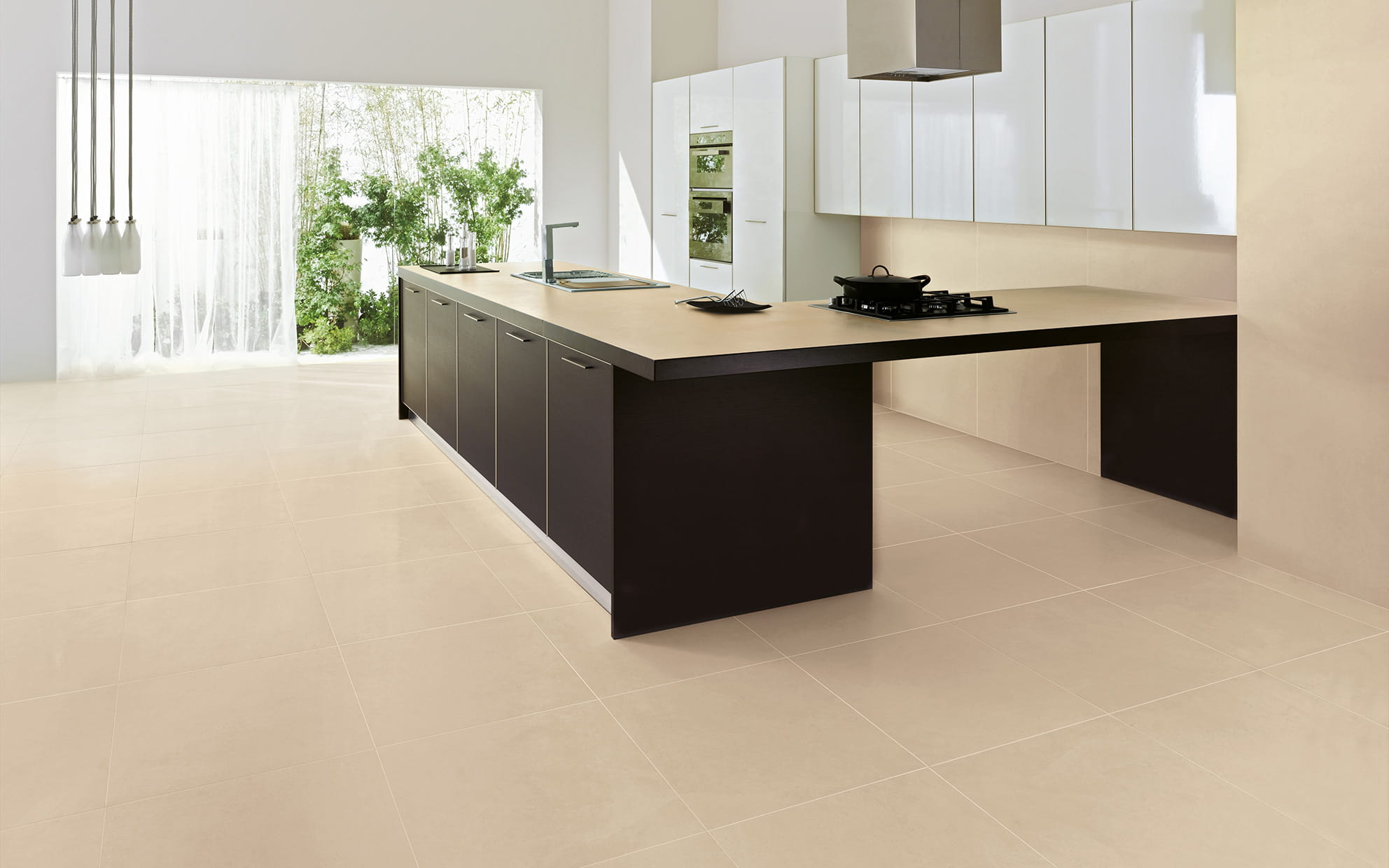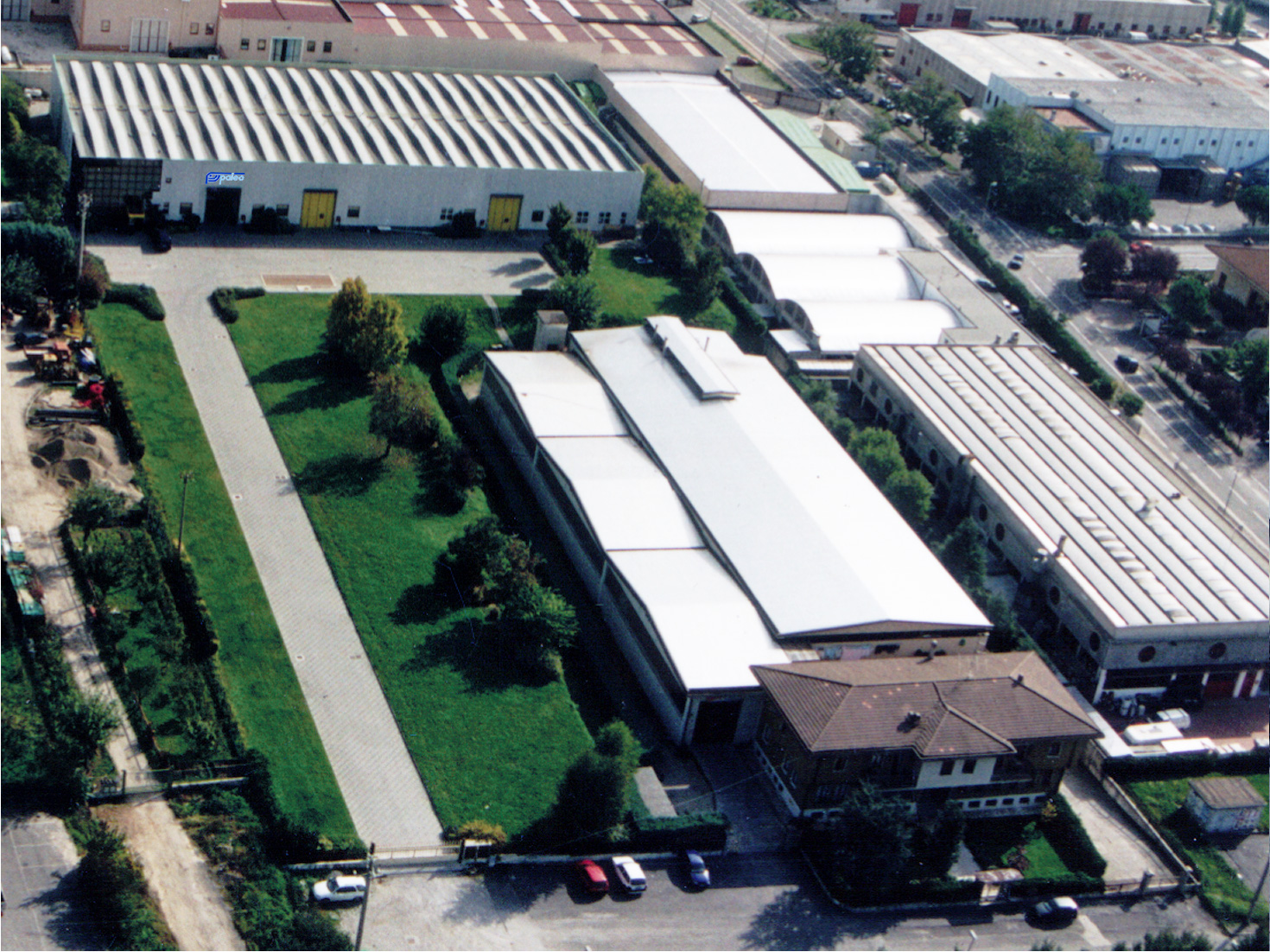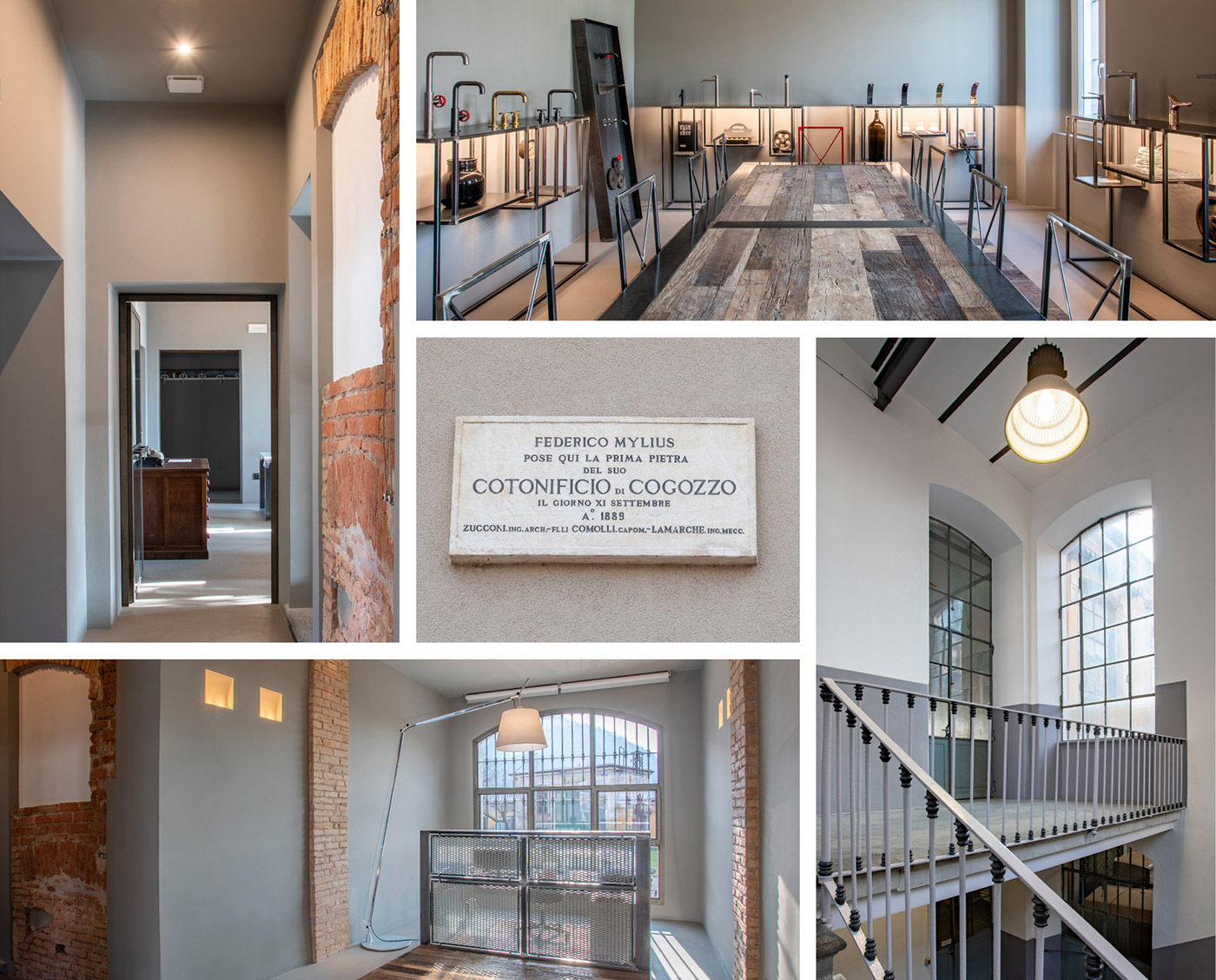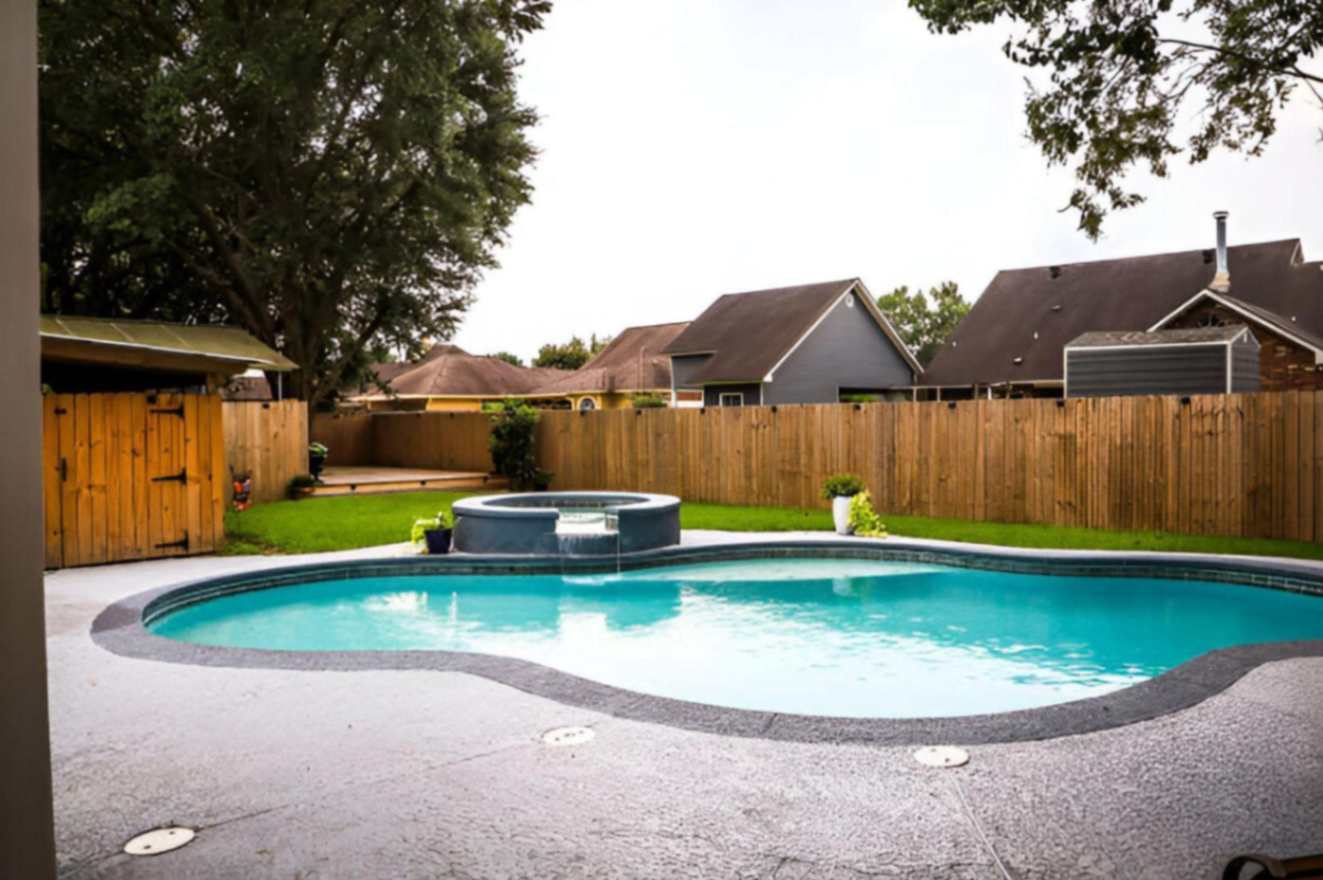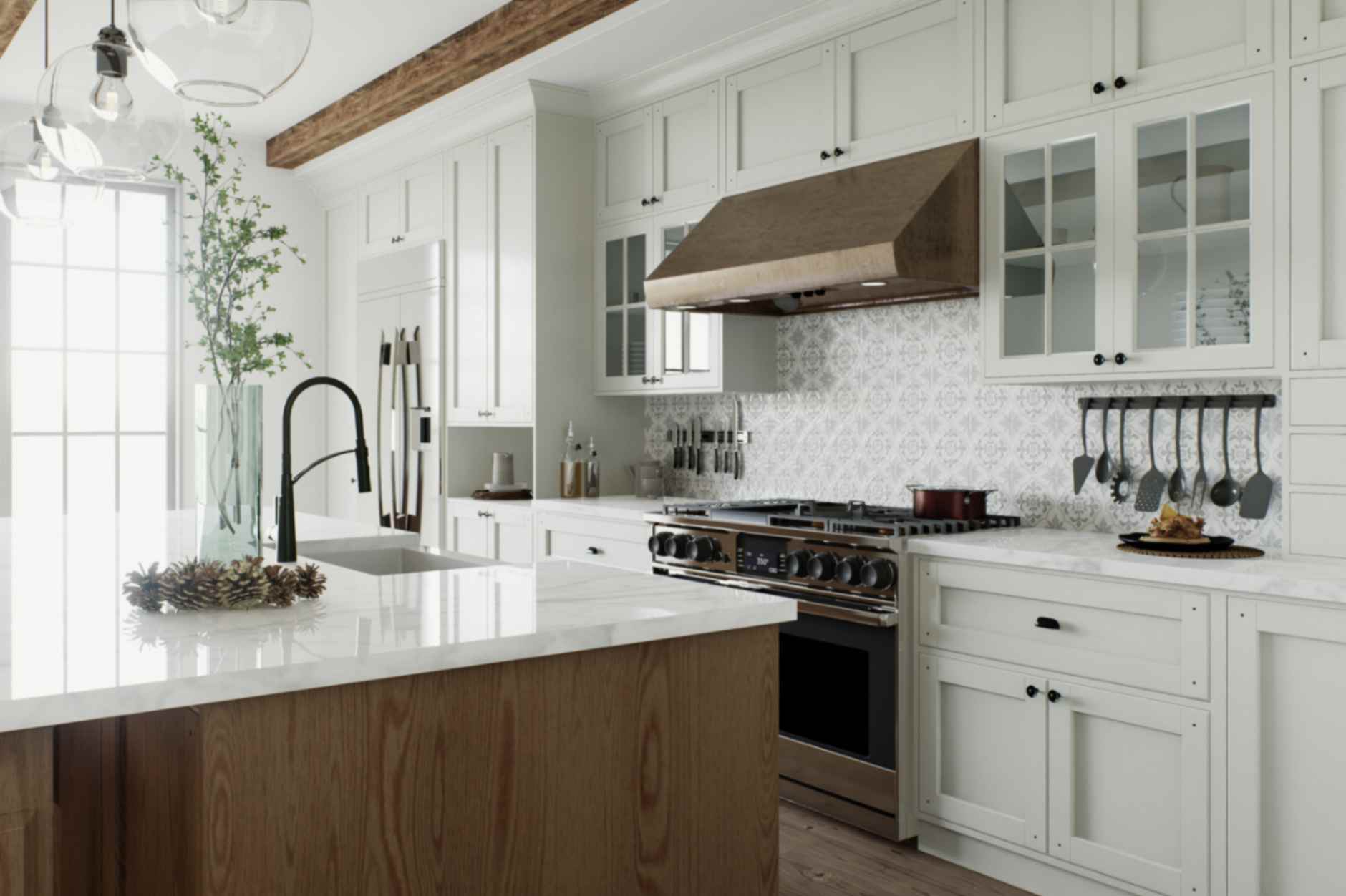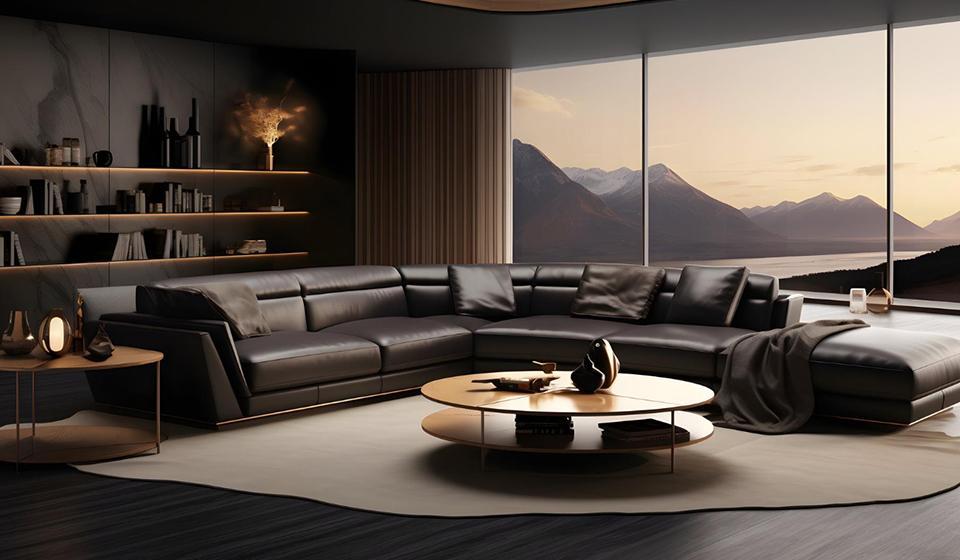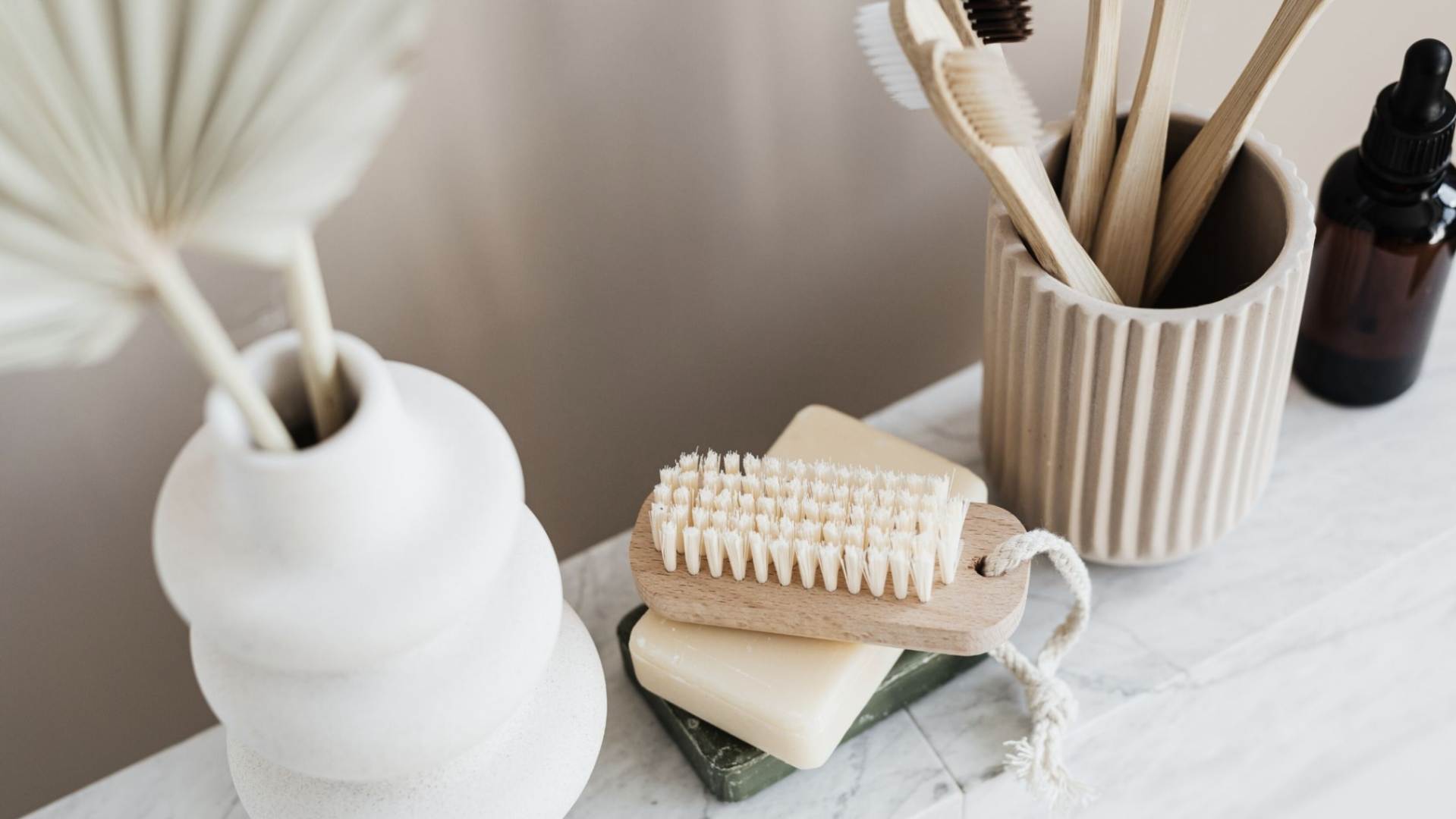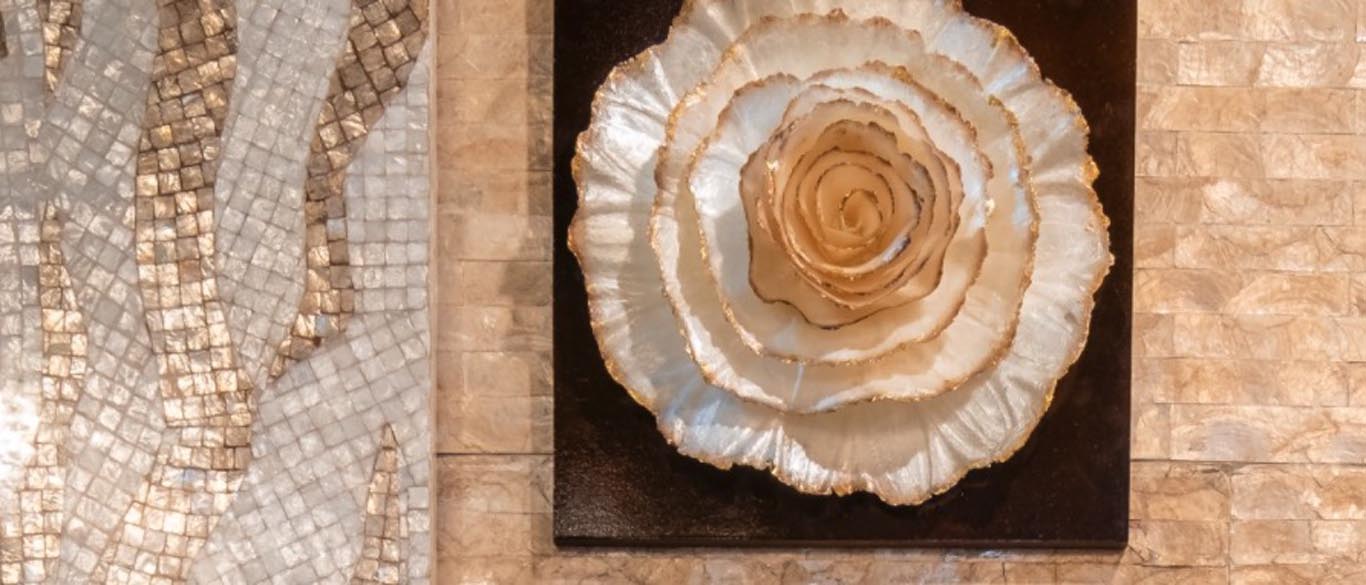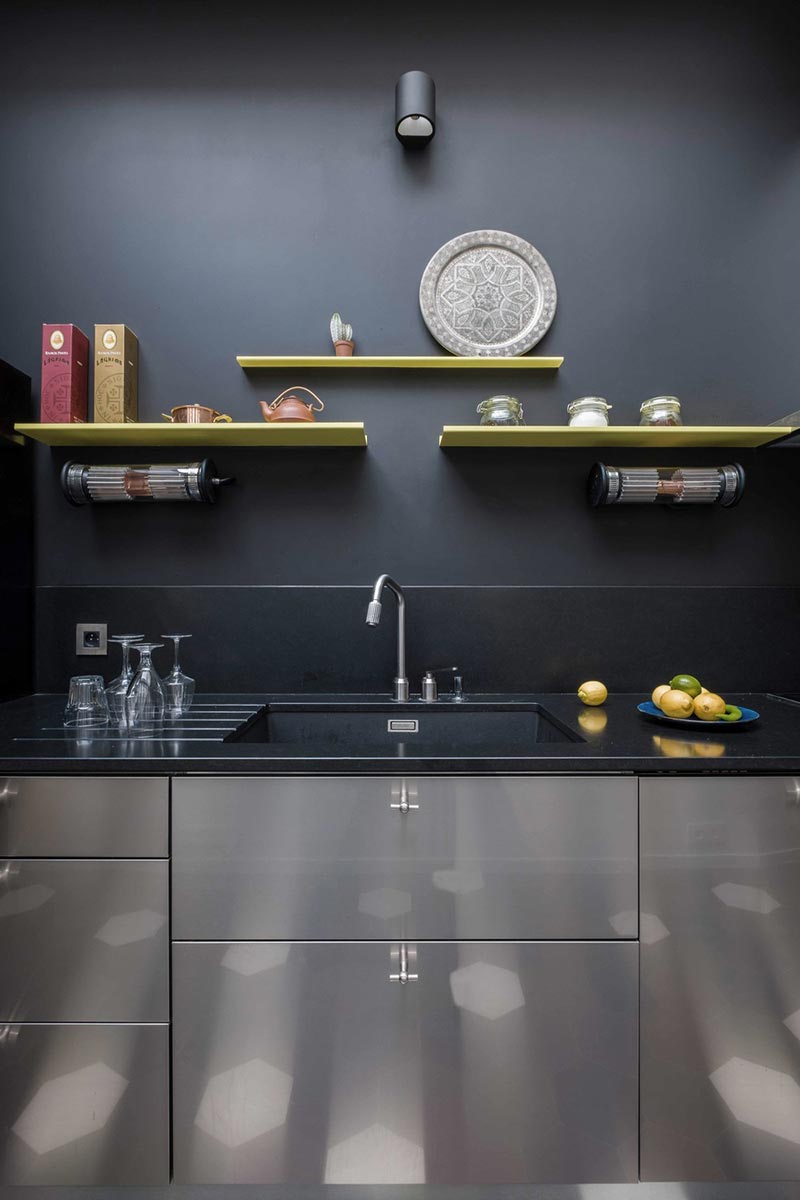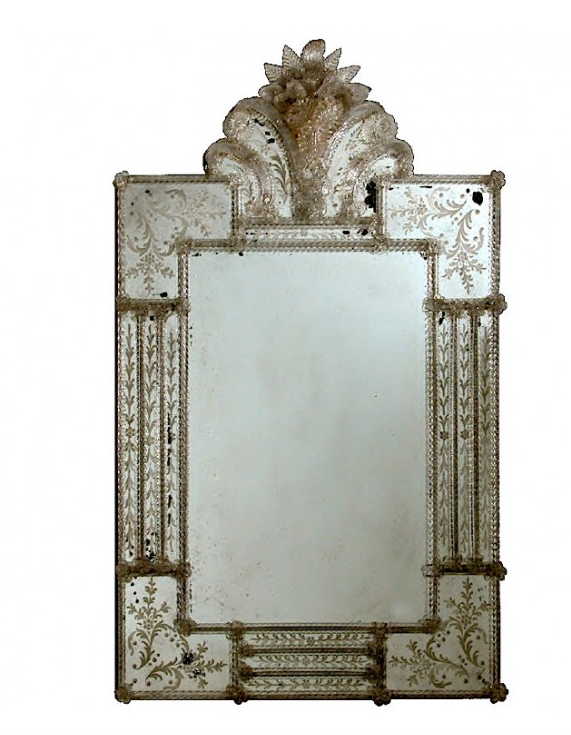Bamboo Flooring Pros and Cons: Is It the Right Choice for You?
Imagine walking into a room where the warm, inviting hues of a natural material greet your feet, whispering tales of exotic forests and sustainable living. Welcome to the world of bamboo flooring—an eco-friendly alternative that’s gaining popularity for its unique blend of beauty and durability. But, like any flooring option, it comes with its own […] You're reading Bamboo Flooring Pros and Cons: Is It the Right Choice for You?, originally posted on Decoist. If you enjoyed this post, be sure to follow Decoist on Twitter, Facebook and Pinterest.

Imagine walking into a room where the warm, inviting hues of a natural material greet your feet, whispering tales of exotic forests and sustainable living. Welcome to the world of bamboo flooring—an eco-friendly alternative that’s gaining popularity for its unique blend of beauty and durability. But, like any flooring option, it comes with its own set of advantages and drawbacks.
In this article, we’ll explore the pros and cons of bamboo flooring, diving into what makes this versatile material a star in the world of interior design and what pitfalls you might want to watch out for before making it a part of your home.
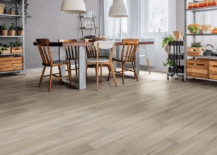
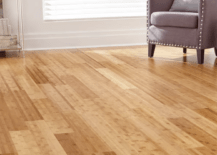
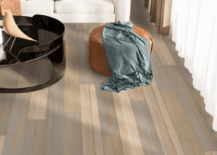
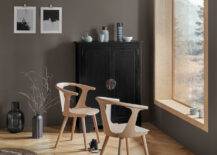
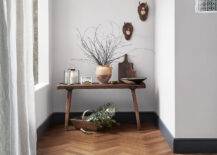
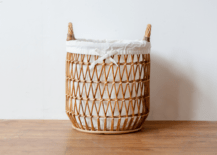
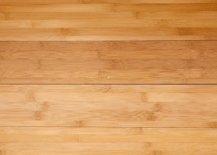
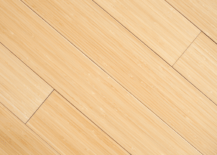
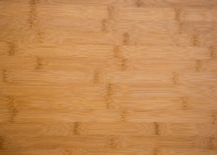
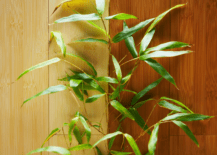
Before Investing in Bamboo Flooring: Key Questions to Consider
When considering bamboo flooring for your home, it’s essential to ask the right questions to ensure you’re making a well-informed decision. Bamboo, known for its durability and eco-friendliness, has become a popular choice for many homeowners.
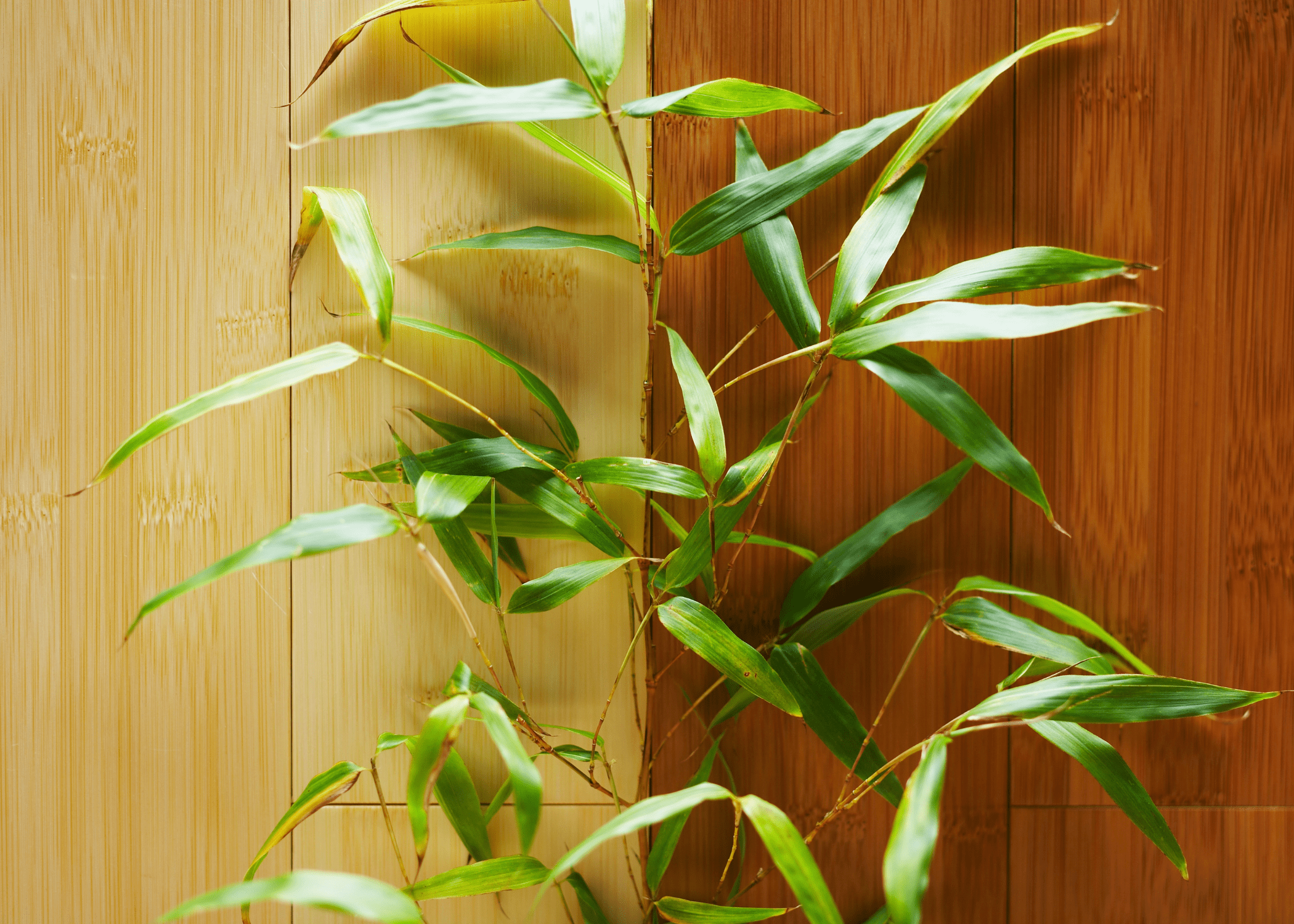
However, like any significant investment, it requires thoughtful consideration and research. Below are some critical questions to guide you through the process of selecting the perfect bamboo flooring for your needs.
What Type of Bamboo Flooring is Best for Your Home?
Bamboo flooring comes in various types, including solid, engineered, and strand-woven. Each type has its unique characteristics and benefits. Solid bamboo is a traditional choice, known for its natural look and feel.
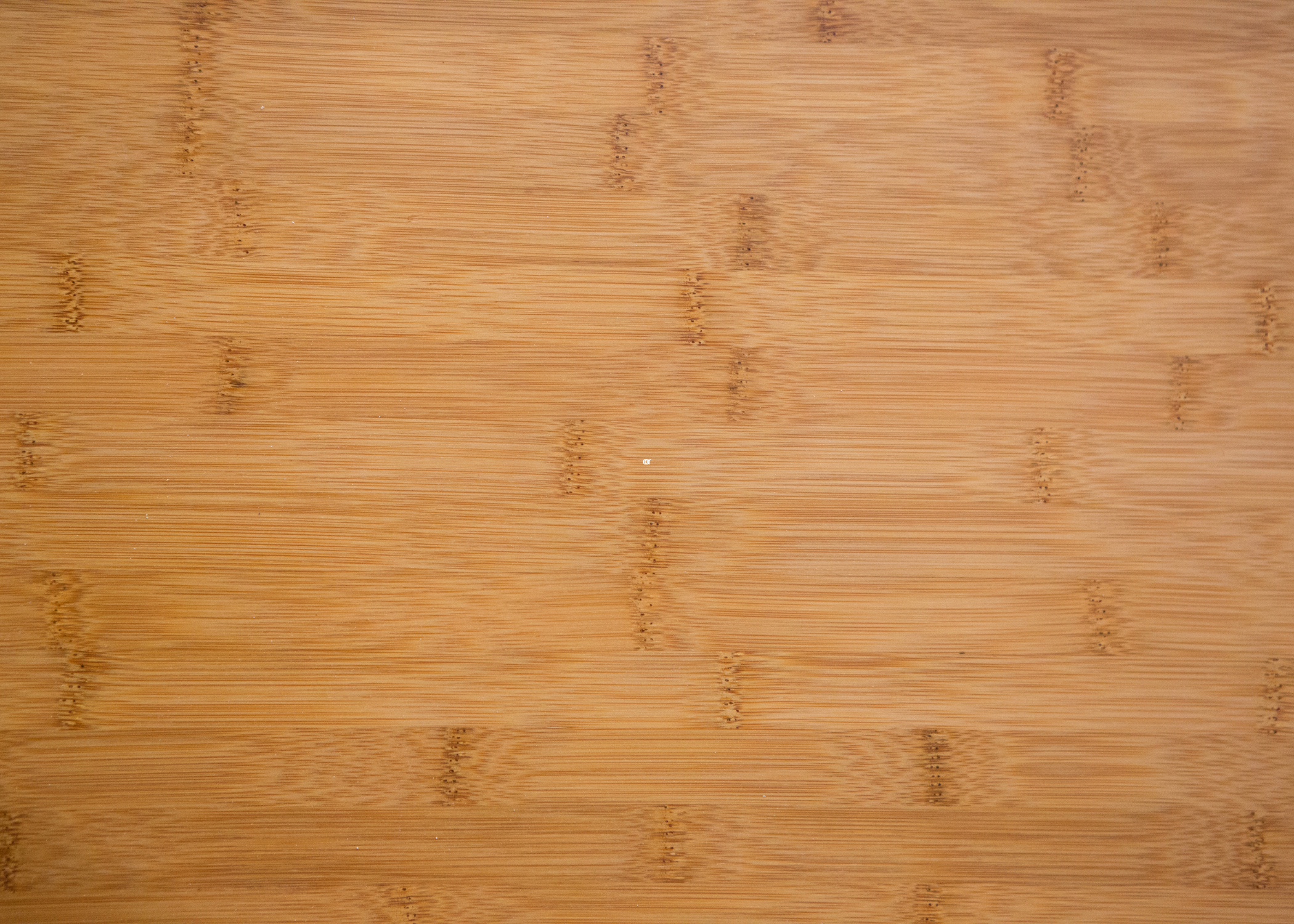
Engineered bamboo offers better resistance to moisture and temperature changes, making it suitable for areas like basements. Strand-woven bamboo is the most durable, created by compressing bamboo fibers under extreme pressure. Understanding these differences will help you choose the best option for your home’s specific requirements.

How Sustainable is the Bamboo Flooring You’re Considering?
One of the primary reasons homeowners opt for bamboo flooring is its sustainability. However, not all bamboo flooring is created equal. Ensure the bamboo used is harvested responsibly, ideally from plantations that follow sustainable practices.
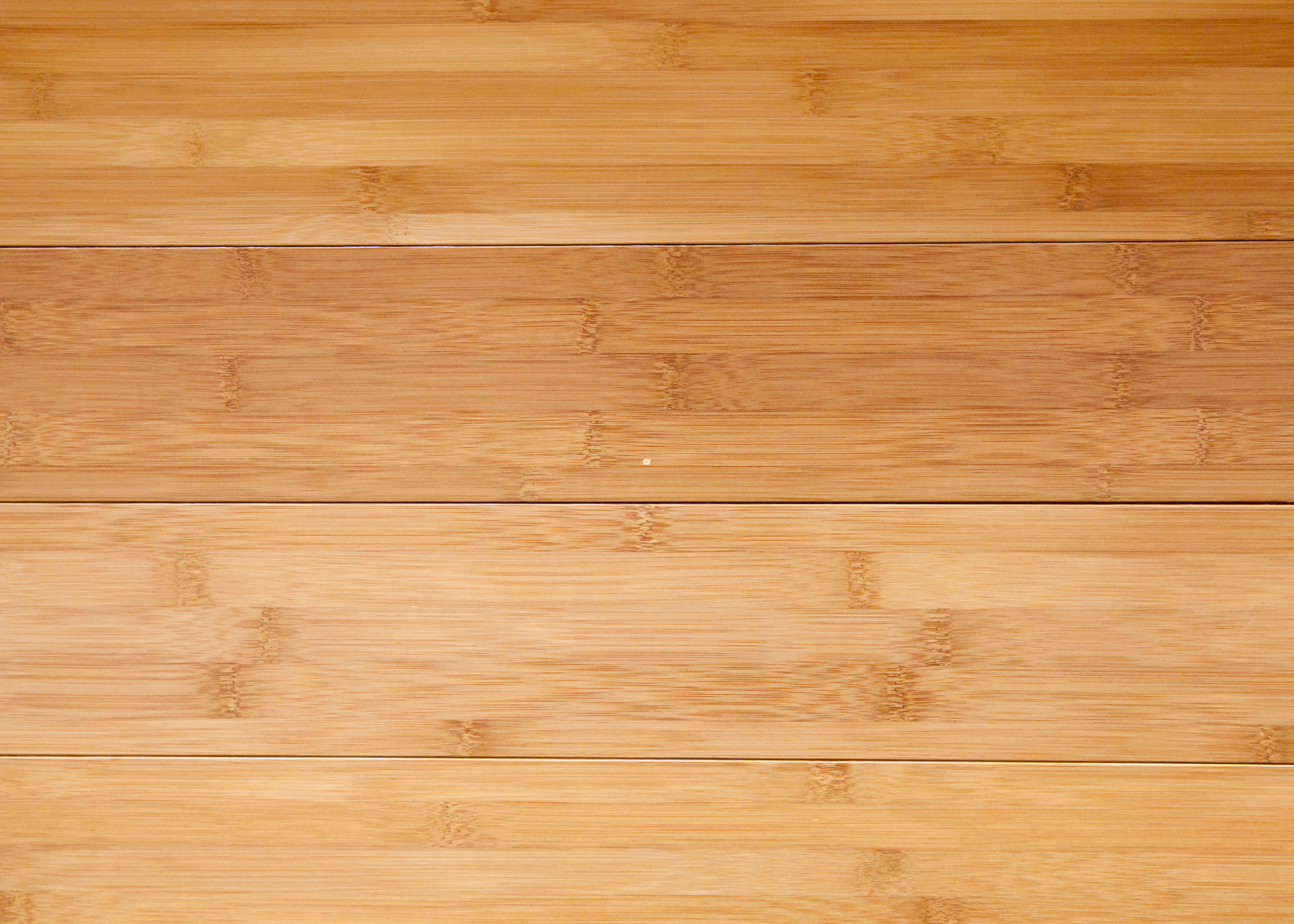
Look for certifications such as the Forest Stewardship Council (FSC) to verify the environmental credentials of the product. Inquire about the manufacturing process to ensure it adheres to eco-friendly standards.
What is the Cost and Installation Process?
Before making a purchase, it’s crucial to understand the overall cost, including the price of the bamboo flooring and the installation expenses. Bamboo flooring prices can vary significantly based on the type and quality.
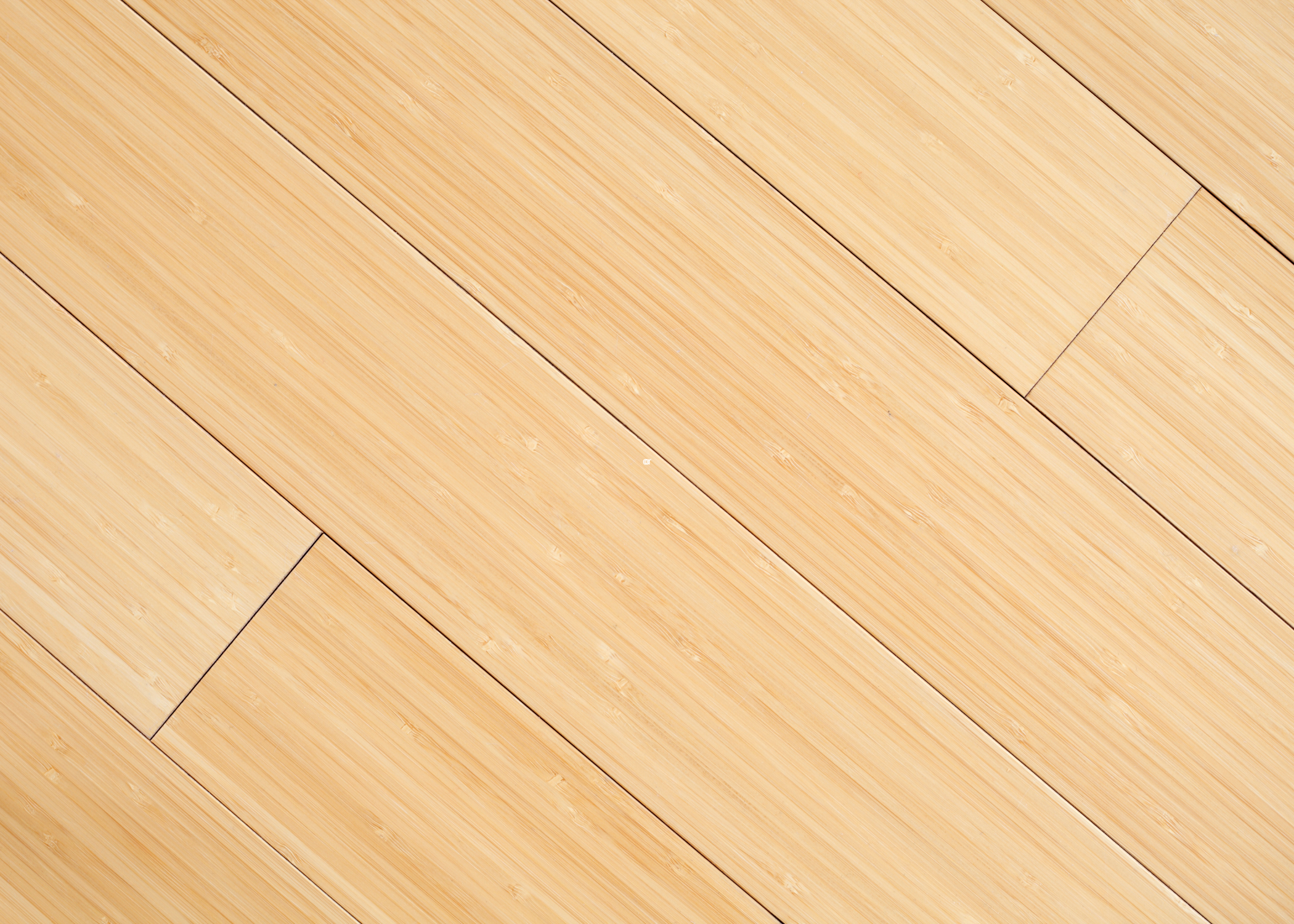
Consider the installation method: Some bamboo floors can be installed as floating floors, while others may require glue or nails. It’s advisable to get quotes from multiple suppliers and installers to ensure you’re getting the best value for your investment.
Pros of Bamboo Flooring
Eco-Friendly and Sustainable
One of the most significant advantages of bamboo flooring is its eco-friendliness. Bamboo is a highly renewable resource that grows much faster than traditional hardwoods. While trees can take decades to mature, bamboo reaches maturity in just 3-5 years. This rapid growth rate makes bamboo a more sustainable option, reducing the impact on forests and contributing to environmental conservation.
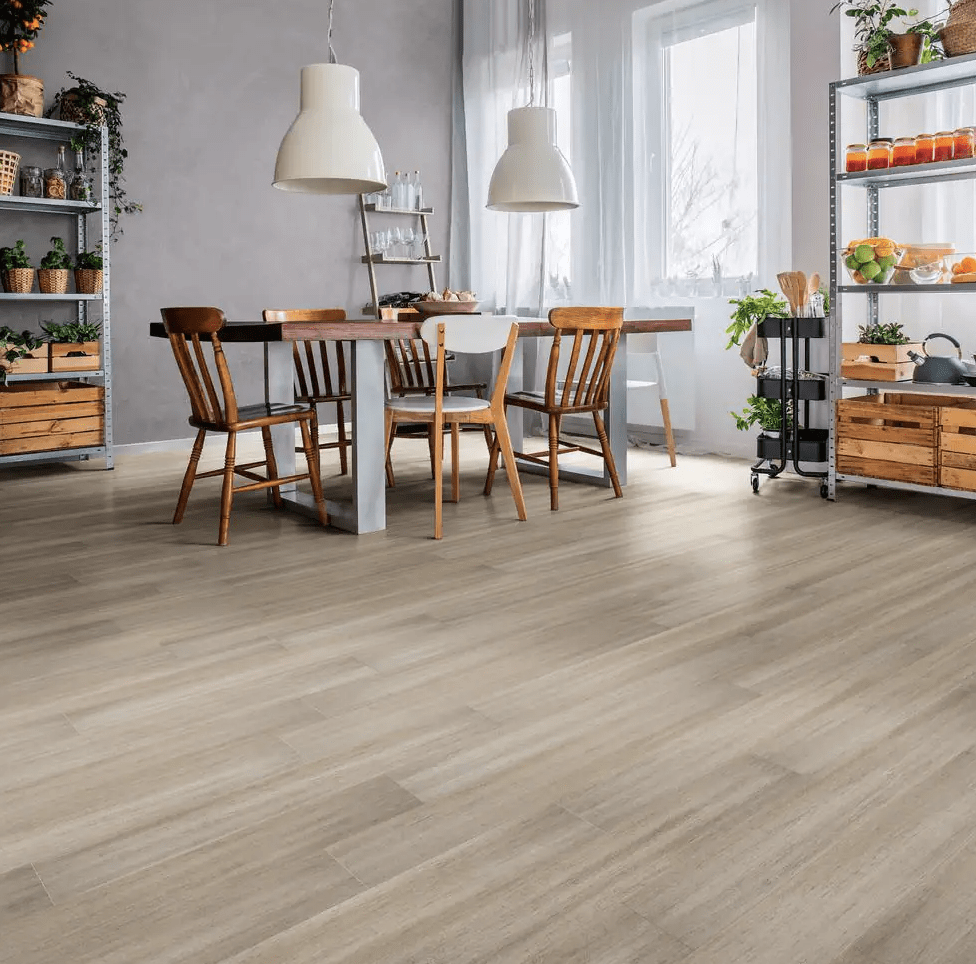
Aesthetically Pleasing
Bamboo flooring offers a unique and elegant look that can instantly enhance the aesthetic appeal of any room. Its natural grain patterns and warm tones bring a sense of sophistication and modernity. Bamboo can easily complement various interior design styles, from contemporary to rustic, making it a versatile choice for homeowners.
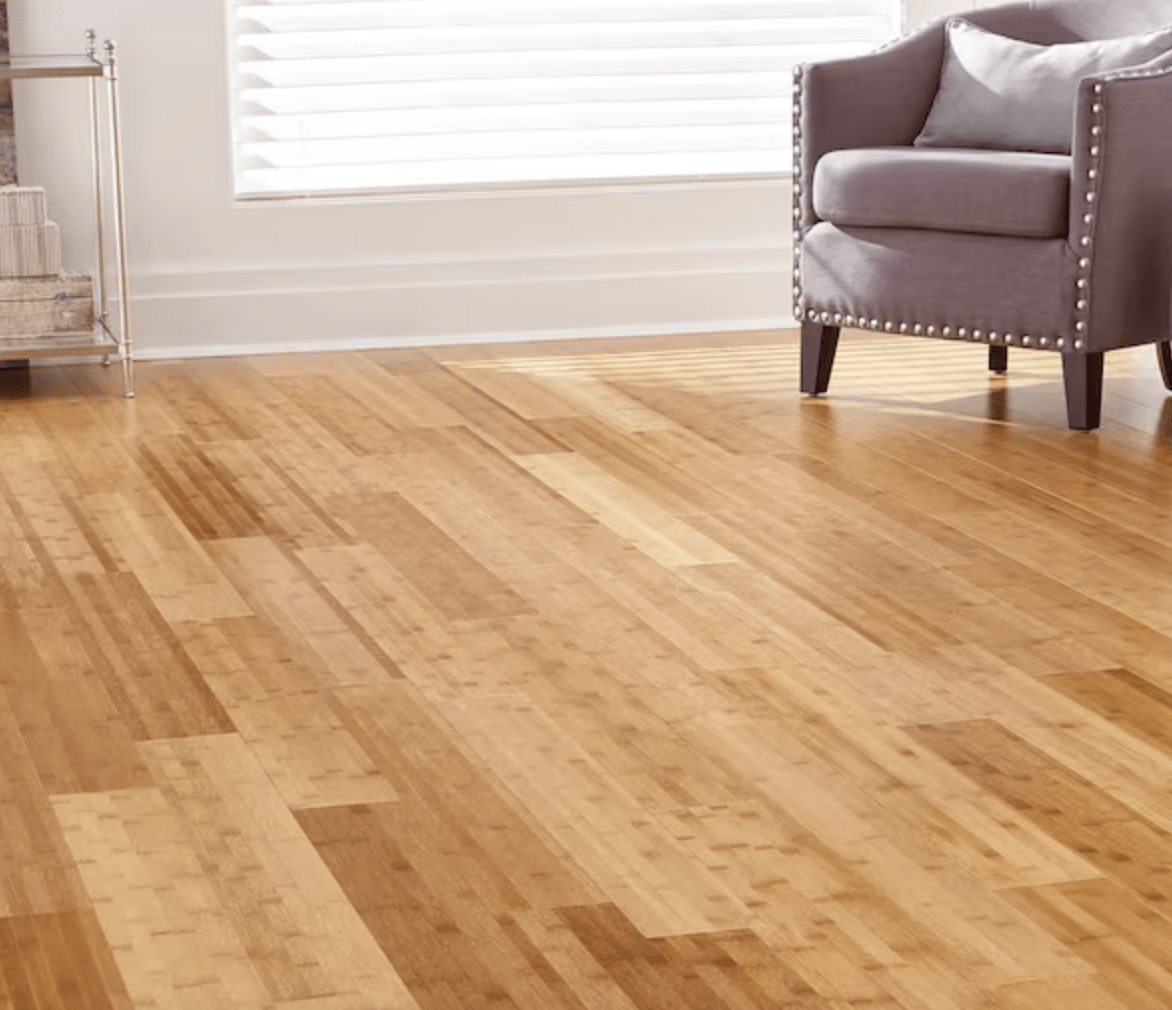
Durability and Hardness
Bamboo flooring is known for its impressive durability. It is harder than many traditional hardwoods, making it resistant to dents and scratches. Strand-woven bamboo, in particular, is an extremely tough option that can withstand high foot traffic, making it ideal for both residential and commercial spaces. When properly maintained, bamboo flooring can last for decades.
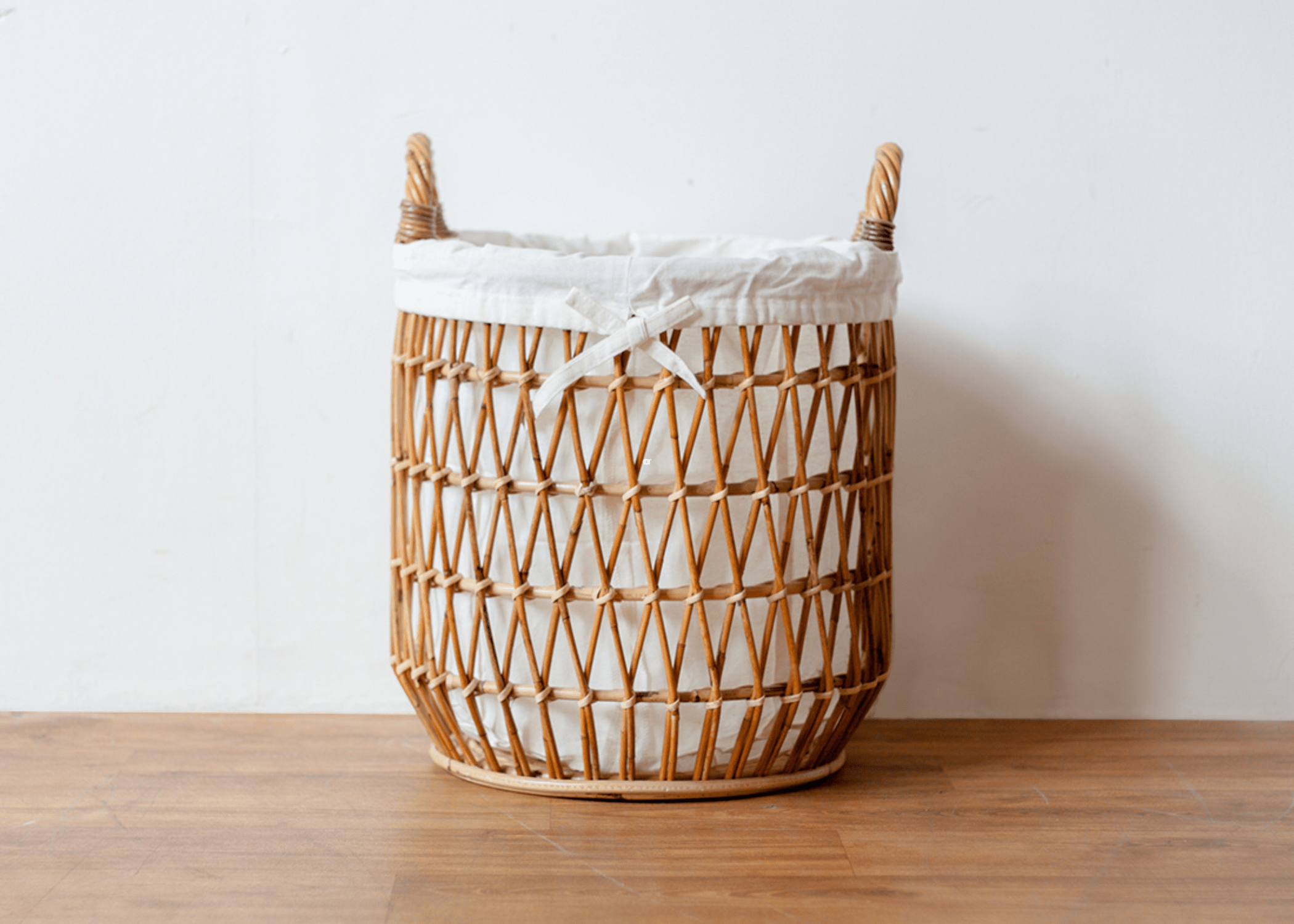
Easy Maintenance
Maintaining bamboo flooring is relatively simple. Regular sweeping or vacuuming, along with occasional mopping with a damp cloth, can keep the floors looking pristine. Additionally, bamboo is resistant to stains and spills, making it a practical choice for families with children and pets.
Cons of Bamboo Flooring
Susceptibility to Moisture
Despite its many advantages, bamboo flooring is not immune to moisture-related issues. Excessive exposure to moisture can cause bamboo to warp, swell, or even develop mold. This makes it less suitable for areas with high humidity or moisture levels, such as bathrooms and basements. It is crucial to control the indoor humidity and promptly clean up any spills to prevent damage.
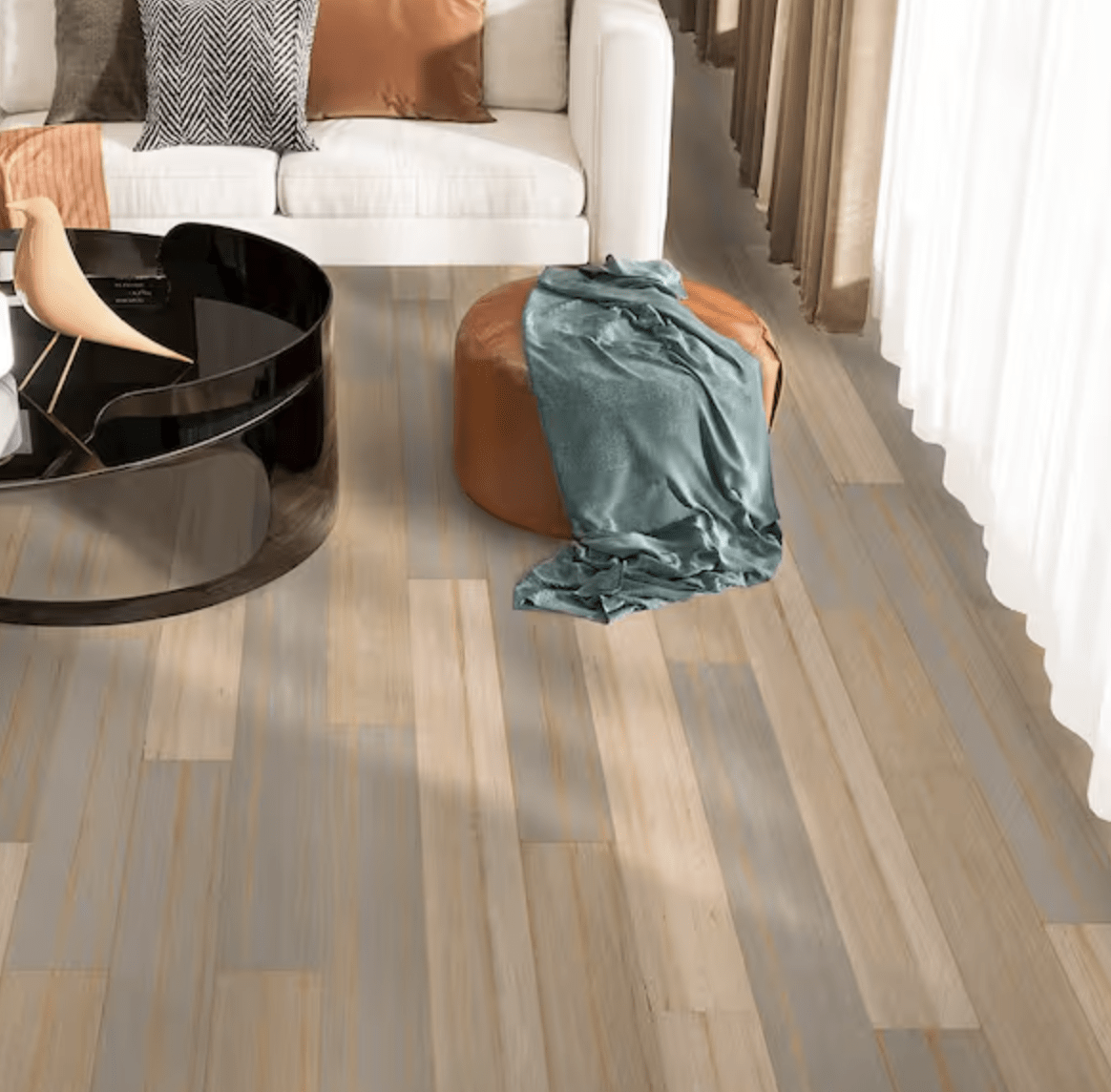
Limited Color Variations
While bamboo flooring is visually appealing, it does come with limited color options compared to other flooring materials. Bamboo’s natural color ranges from light yellow to dark brown, and while it can be stained, the choice is still more restricted than traditional hardwoods. Homeowners looking for a broader range of colors may find this limitation challenging.
Potential for Scratches
Although bamboo is generally durable, it is not entirely scratch-proof. Pets with sharp claws, heavy furniture, or even small debris can cause visible scratches on the surface of bamboo flooring. Using area rugs, felt pads under furniture, and regular maintenance can help mitigate this issue, but it’s something to consider if you have an active household.
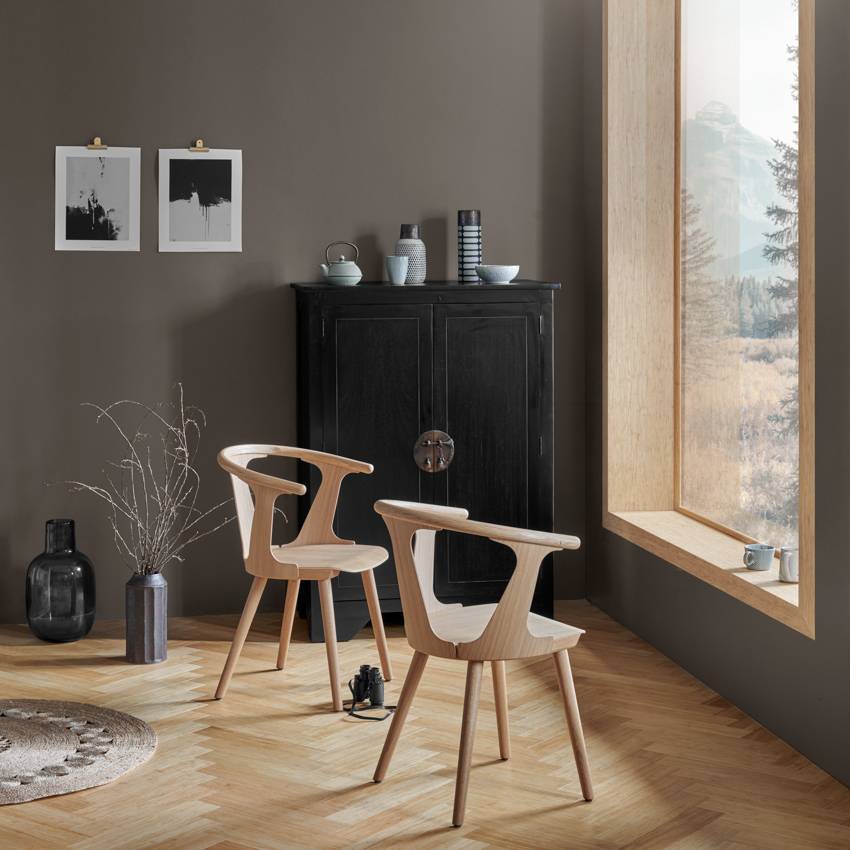
Potential for Toxins
Not all bamboo flooring is created equal. Some products may be treated with formaldehyde-based adhesives and finishes, which can emit harmful VOCs (volatile organic compounds). To ensure a healthier indoor environment, it’s essential to choose bamboo flooring that is certified for low emissions.
Location Suggestions
Now that we have discussed the pros and cons, let’s talk about the “where.” Bamboo is particularly well-suited for living rooms, bedrooms, and hallways, where its durability and natural beauty can be showcased. These areas typically experience moderate foot traffic and benefit from the warm, inviting look that bamboo provides.
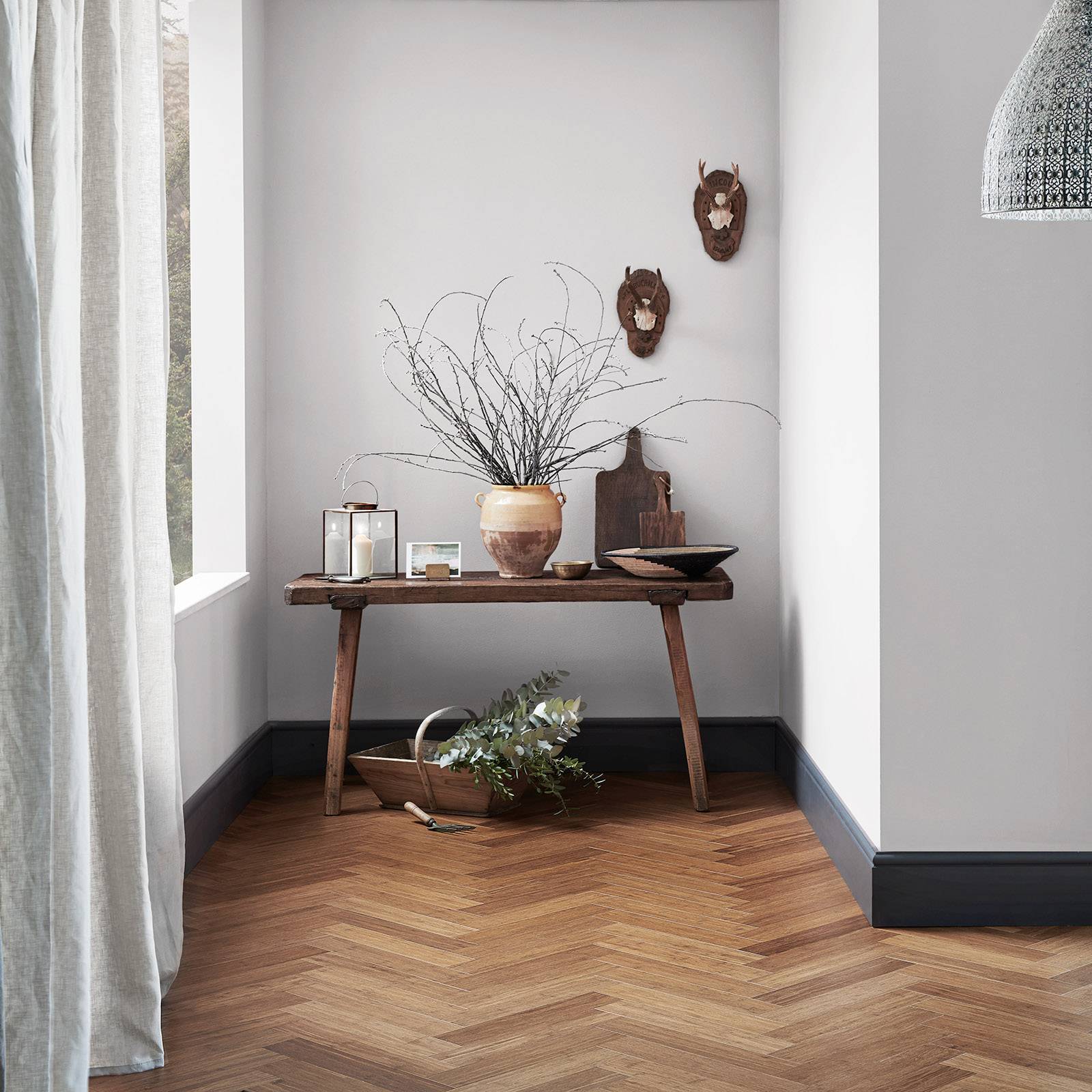
Bamboo flooring can be an excellent choice for dining rooms and home offices, where its easy-to-clean surface can handle occasional spills and scuffs. However, it is advisable to avoid installing bamboo floors in rooms with high moisture levels, such as bathrooms, laundry rooms, and basements. The constant exposure to humidity and water in these areas can cause the bamboo to warp, swell, or develop mold, compromising both its appearance and longevity.
Therefore, while bamboo flooring is a fantastic option for many parts of the home, careful consideration of the environment and usage of each room is essential to ensure its optimal performance and durability.
Related Articles
- Exploring the Aesthetics of Wood Floor Colors
- Linoleum Flooring – The Classic Kitchen Choice Making a Trendy Comeback
- Seamless Kitchen Tile to Wood Floor Transition Ideas
Bamboo flooring offers homeowners a sustainable, stylish, and durable option. However, its susceptibility to moisture, limited color variations, and potential for scratches must be considered. By weighing the pros and cons, you can determine if bamboo flooring is the right choice for your home.
Ready to bring new life to your home? Subscribe to our newsletter for exclusive interior design tips, trends, and ideas that will transform your space. Click here to subscribe!
Frequently Asked Questions (FAQs)
Is bamboo flooring suitable for kitchens?
Yes, bamboo flooring can be used in kitchens, but it is essential to manage moisture levels and clean up spills promptly. Using mats near sinks and dishwashers can help protect the flooring from water damage.
How does bamboo flooring compare to hardwood in terms of cost?
Bamboo flooring is generally more affordable than traditional hardwood flooring. However, prices can vary depending on the quality and type of bamboo. Strand-woven bamboo, for example, tends to be more expensive than horizontal or vertical bamboo.
Can bamboo flooring be refinished?
Yes, bamboo flooring can be refinished, but the number of times it can be done depends on the thickness of the bamboo planks. Thicker planks can be sanded and refinished multiple times, extending the lifespan of the flooring.
Is bamboo flooring pet-friendly?
Bamboo flooring can be pet-friendly due to its durability. However, pet claws can cause scratches, so it’s advisable to keep pets’ nails trimmed and use protective measures like area rugs in high-traffic areas.
How do I maintain bamboo flooring?
Maintaining bamboo flooring involves regular sweeping or vacuuming to remove dirt and debris, as well as using a damp mop with a mild, pH-neutral cleaner. Avoid using harsh chemicals or excessive water, as they can damage the flooring.
You're reading Bamboo Flooring Pros and Cons: Is It the Right Choice for You?, originally posted on Decoist. If you enjoyed this post, be sure to follow Decoist on Twitter, Facebook and Pinterest.

